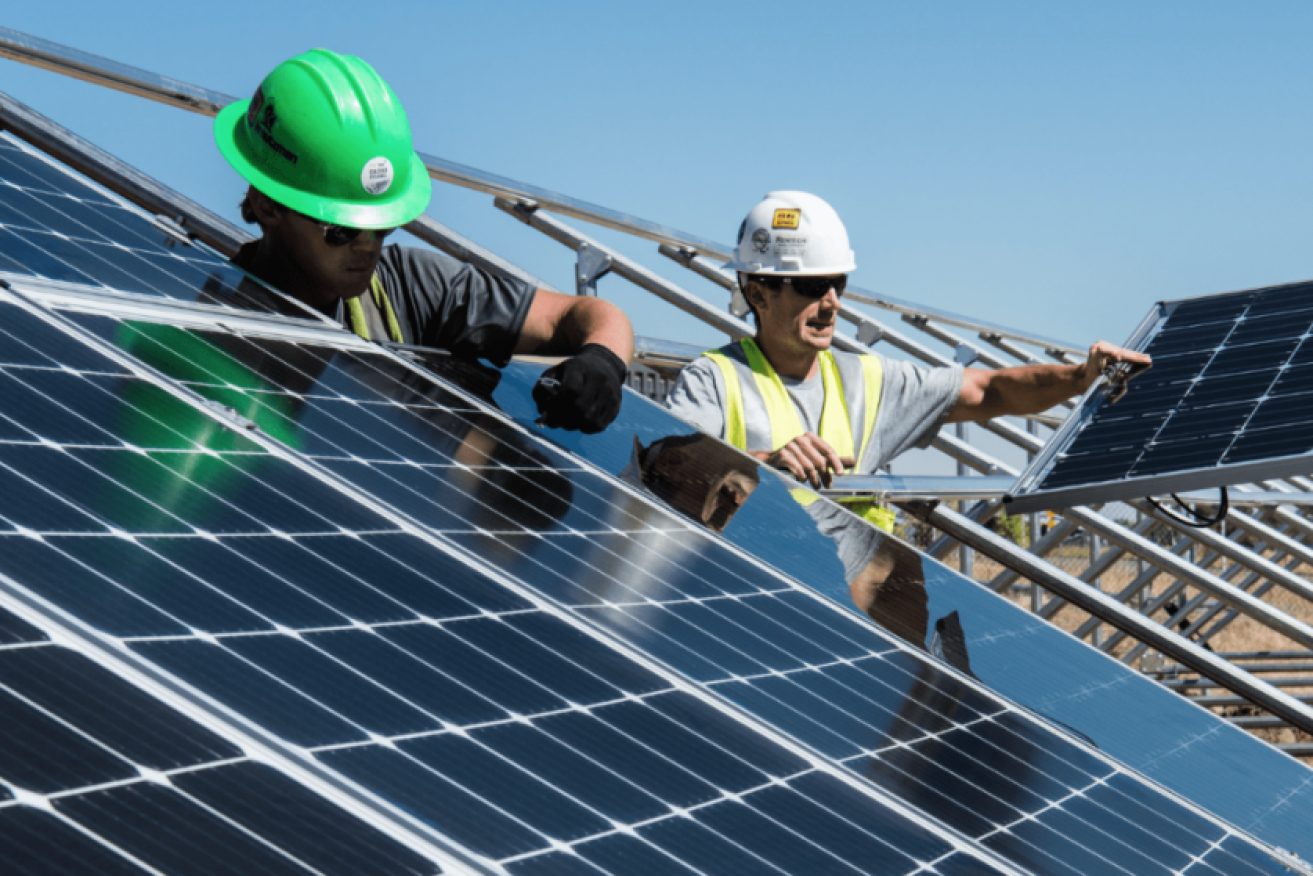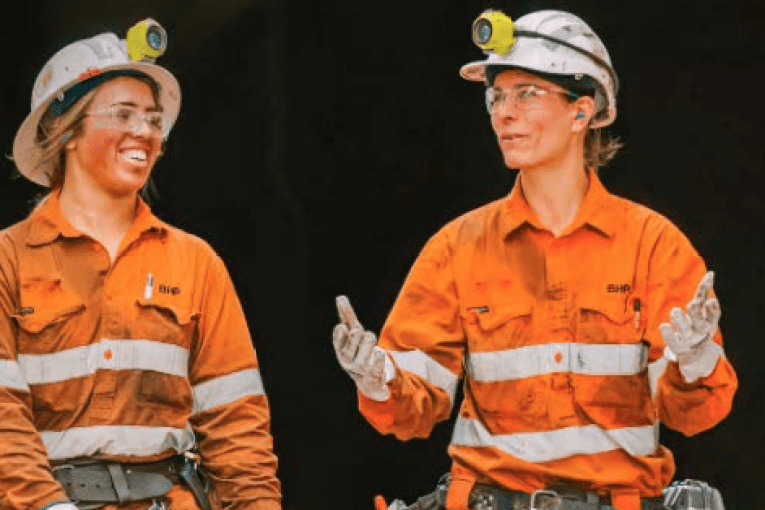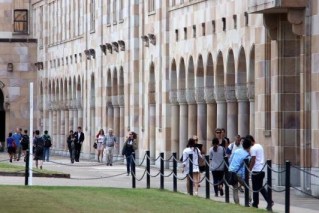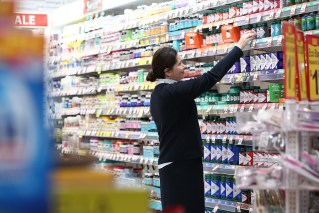Governments warned it’s now or never to lead energy revolution
Federal and state governments are being urged to up their game or miss out on the lucrative opportunity to lead the world in mining, refining and making clean energy products.

Leading scientist Dr Alan Finkel said Australia could straddle the old and new economies in the global shift from "petrostates" to "electrostates". (Supplied)
A report released on Wednesday by independent think tank Climate Energy Finance identifies the “once in a century” opportunity to refine and process critical minerals and manufacture onshore, powered by renewable energy.
Leading scientist Dr Alan Finkel said Australia could straddle the old and new economies in the global shift from “petrostates” to “electrostates”.
“Electrostates will be those countries that supply energy transition materials such as critical minerals or supply renewable energy. Australia can be both,” he said.
“The race is on.”
Australia already had one of the largest bulk minerals mining industries in the world as a “dig and ship” economy.
Abundant wind and solar resources and extensive land mass meant there was also the potential to install 25,000 gigawatts of renewable energy capacity, sufficient to generate over 86,000 terawatt hours of energy annually.
Some 35,000 jobs could be added by 2030 in energy transition materials processing and manufacturing.
But it was crucial that governments co-invest in and fast-track approvals for development, the report said.
Finkel said there was significant potential to ship sunshine as hydrogen and ammonia, and to produce green iron, green fertiliser, green aluminium and green aviation fuel.
With appropriate support from government, the private sector could also build electrolyser and battery manufacturing industries, he said.
Lead author Tim Buckley and analyst Matthew Pollard identify how Australia can diversify away from coal and gas and reap unprecedented economic and energy security benefits.
The report outlines a $10 billion pipeline of current investment proposals in lithium, nickel, cobalt, vanadium, rare earths, hydrogen electrolysers, green ammonia and batteries.
But Australia is up against stiff competition from China, still the source of most battery chemicals, and more generous tax breaks in the US and government action in Europe.
Public capital investment by governments is key to attracting private capital, Buckley said.
The report also recommends the Future Fund’s investment mandate be overhauled to prioritise investment in the energy transition, and to safeguard Australian ownership of key assets.
Global critical minerals demand is expected to surge five to tenfold this decade.
Already, Australia is a leading producer of lithium that is used by electric car makers in the US, Europe and China.
The top five ASX-listed lithium companies have a combined market value of more than $50b – up eightfold over seven years as global demand soars for the “white gold”.
Australia is also the third-largest cobalt exporter and the fourth-largest exporter of copper, nickel and rare earths.
“Yet almost 100 per cent of Australia’s critical mineral and lithium exports are sent to China for refining to supply their dominant battery and EV industries,” Buckley said.
“Australia needs to act with a high degree of urgency or we’ll miss the boat.”
-AAP












